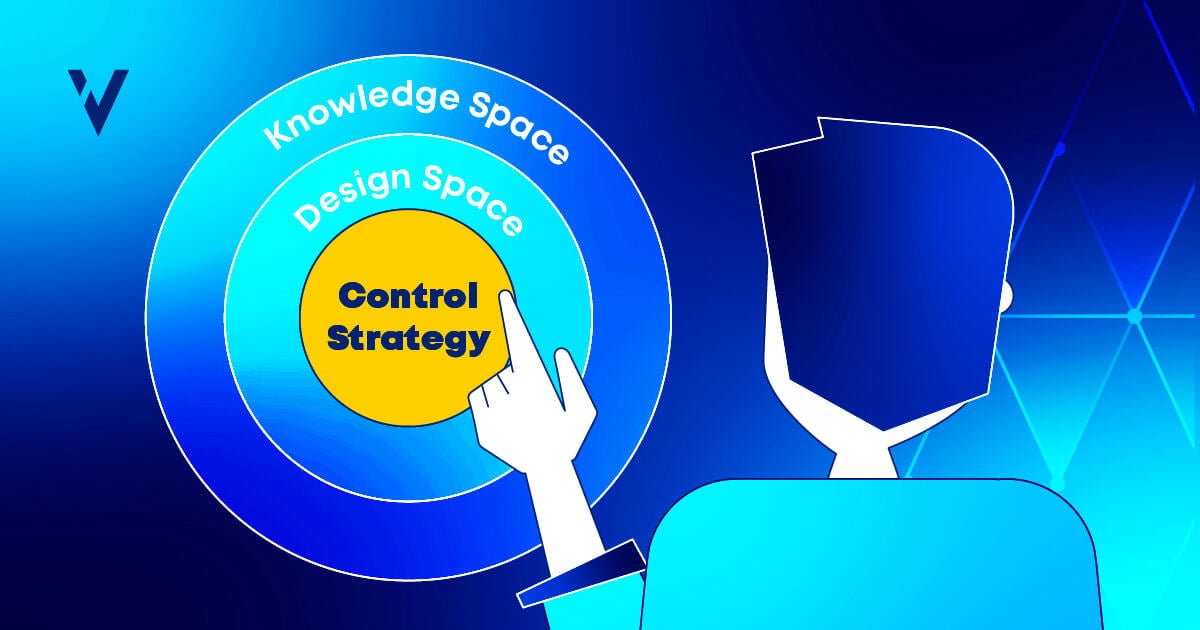Digital transformation isn’t all about technology. To succeed in your Pharma 4.0 journey, you must devise a strategy to engage and excite your most important asset — people. Here are some tips for getting your employees on board with your digital transformation efforts.
For evidence of this excitement, look at the plethora of terms used today that were seldom mentioned in reference to biopharmaceutical manufacturing in the past: advanced manufacturing technology, artificial intelligence, augmented reality, continuous processing, cloud-based data services, digital twin, Industry 4.0, Pharma 4.0, intelligence-based manufacturing, Internet of Things (IoT), manufacturing intelligence, model predictive control (MPC), condition monitoring, real-time data analytics, single-use systems, and smart manufacturing to name several. Impressive technologies – but what about people?
Communicate the value
Clearly, a strategy to manage change and engage people with digital transformation will be essential to capitalize on the potential for these technologies. Digital transformation technology, if designed and implemented effectively, leverages the strengths of people and technology, and combines them to create new capabilities delivering greater value more effectively, more rapidly, and with greater fulfillment for the people doing the work. If people are unclear about what digital transformation means, feel unprepared to be successful, or do not understand how it will benefit them directly, then the rate of uptake will lag.
Create a framework for change
Trust is another critical value for transformation. Trust grows when our ideas and concerns are heard and considered. By engaging people, listening to their vision/ideas/practice, and understanding their pain points, you can gain insights into how to continuously improve work processes and address many opportunities as part of the change process.
Share the vision
“Fail fast or scale fast”
Demonstrate strong leadership
Key takeaways
While technology is a critical tool for achieving digital transformation, it’s important to remember that it’s part of a larger effort in which people play an integral part. To gain their support, make it a point to communicate how a particular technology tool will help employees do their jobs more effectively and make their work lives easier.
For example, let’s say your company has decided to adopt a validation lifecycle management system like ValGenesis. You could communicate that digitizing tedious validation tasks like authoring, executing, and approving validation documents will save them a tremendous amount of time and effort (50% or more) and allow them to focus on more important (and more enjoyable) tasks.
Human error is an unavoidable part of traditional paper-based validation. A tool like ValGenesis allows employees to enforce consistency with templates, business rules, and standardized workflows, helping them maintain a risk-based approach to validation and improve data integrity. What’s more, having access to accurate, real-time data that is standardized and easily referenceable will help them make better decisions and experience less stressful audits and inspections.
As you can see, the benefits of moving from paper-based to digital validation extend far beyond eliminating paper. As one ValGenesis biotech CMDO customer said in a recent case study, “Our employees don’t want to push paper. They want to change our world and transform medicine. We want to make sure they have the tools they need to do it.”

